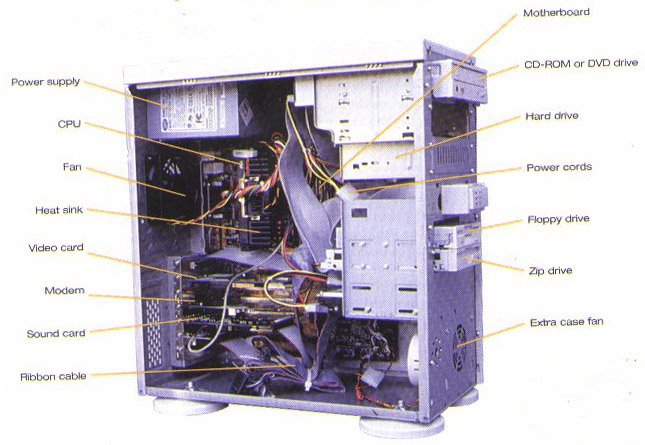NETWORK TOPOLTopology refers to the way in which the network of computers is connected. Each topology is suited to specific tasks and has its own advantages and disadvantages.
The choice of topology is dependent upon
type and number of equipment being used
planned applications and rate of data transfers
required response times
cost
There are FOUR major competing topologies
bus
ring
star
FDDI
Bus Topology
all workstations connect to the same cable segment
commonly used for implementing Ethernet at 10mbps
the cable is terminated at each end
wiring is normally done point to point
a faulty cable or workstation will take the entire LAN down
two wire, generally implemented using coaxial cable during the 1980's
The bus cable carries the transmitted message along the cable. As the message arrives at each workstation, the workstation computer checks the destination address contained in the message to see if it matches it's own. If the address does not match, the workstation does nothing more.
If the workstation address matches that contained in the message, the workstation processes the message. The message is transmitted along the cable and is visible to all computers connected to that cable.
Ring Topology
workstations connect to the ring
faulty workstations can be bypassed
more cabling required than bus
the connectors used tend to cause a lot of problems
commonly used to implement token ring at 4 and 16mbps
four wire, generally STP or UTP
Physical Implementation Of A Ring Network
Each workstation is connected back to a Multiple Access Unit (MAU), which supports up to eight workstations. Additional MAU are cascaded to provide greater workstation numbers.
Star Topology
all wiring is done from a central point (the server or hub)
has the greatest cable lengths of any topology (and thus uses the most amount of cable)
generally STP or UTP, four wire
FDDI Topology
100mbps
normally implemented over fiber optic (fast-Ethernet, UTP)
dual redundancy built in by use of primary and secondary ring
automatic bypassing and isolation of faulty nodes
Fiber Distributed Data Interface
FDDI is based on two counter rotating 100-Mbit/sec token-passing rings. The rings consist of point to point wiring between nodes which repeat the data as it is received.
The primary ring is used for data transmission; the secondary is used for data transmission or to back up the primary ring in the event of a link or station failure. FDDI supports a sustained transfer rate of about 80Mbps, a maximum of 1000 connections (500 nodes) and a total distance of 200 kilometers end to end. There is a maximum distance of 2 kilometers between active nodes.
Monday, August 20, 2007
Subscribe to:
Post Comments (Atom)









No comments:
Post a Comment